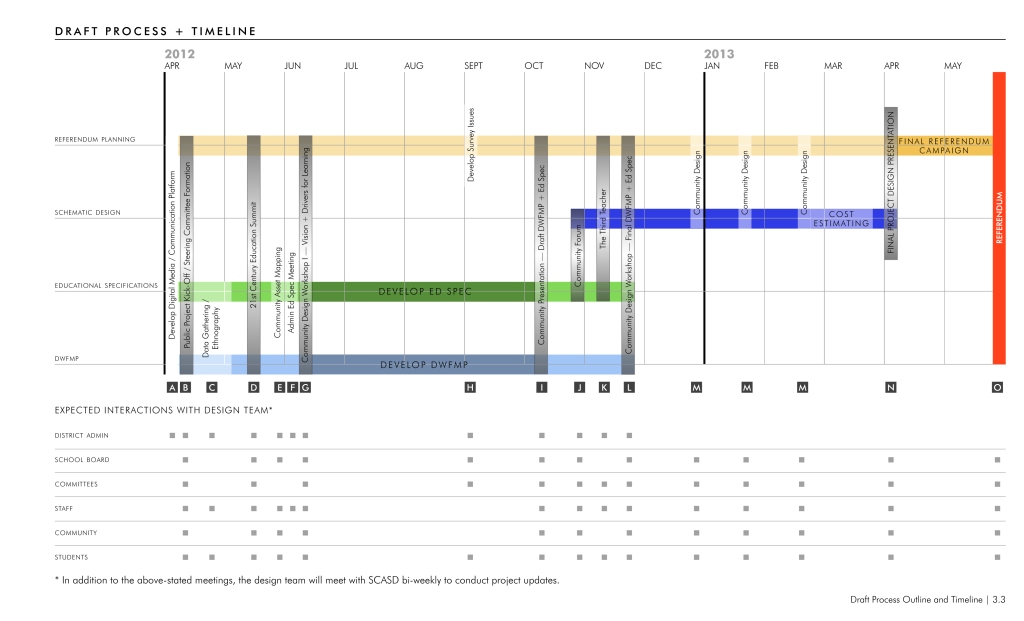Consensus-based Planning
why use consensus-based planning?
At SCHRADERGROUP (SG), we firmly believe that, in architecture, the process of getting to the end result is as important as the end result itself, and that the client is a critical component. Through experience, we’ve learned that involving the client firsthand in the project design while building stakeholder buy-in produces amazing results.
Through this approach — consensus-based planning — we find we reach creative and appropriate solutions that are better conceived than those utilizing a traditional design approach. This is largely because the method allows for input and information sharing by all, and the buy-in to and ownership of the final plan is beyond any that might develop otherwise.
By engaging the client in this interactive process, are able to produce concepts that go beyond the basic and deliver a level of detail that enhances the day-to-day experience for the user. Because the concerns of all stakeholders are included, we simply arrive at better decisions. And, as a result of the process being cooperative, collaborative and inclusive, group relationships are strengthened. Improved group cohesiveness combined with complete agreement on a solution sets the stage for successful project implementation.
consensus-based planning – engage in the process
Planning for any major facility project is an extremely difficult and complex task. Budget constraints, opposing viewpoints, and lack of clarity about real needs are just a few of the factors that are likely to derail the best planning efforts. With consensus-based planning, you can overcome typical obstacles to the planning process and achieve truly winning results.
Consensus-based planning is an approach by which an organization’s stakeholders reach complete agreement on a solution through a collaborative, cooperative and inclusive decision-making process that encourages and supports equal participation by all group members.
Aimed at creating a completely transparent environment where all concerns are brought forward and discussed, consensus-based planning brings group members together in brainstorming sessions, information gathering sessions, design charrettes, and sustainability charrettes to provide a basis for achieving a successful solution.
Highly effective for master planning, feasibility studies, programming and design projects, the process can be tailored to meet specific needs and will allow a group to
- assess and analyze existing conditions and assets;
- identify short- and long-term priorities;
- identify and mitigate underlying issues and concerns potentially causing conflict;
- develop short-term action plans and long-range implementation plans; and
- continuously evolve the solution as new information is learned and shared.
Written by David Schrader, Principal in Charge and Partner at SG

